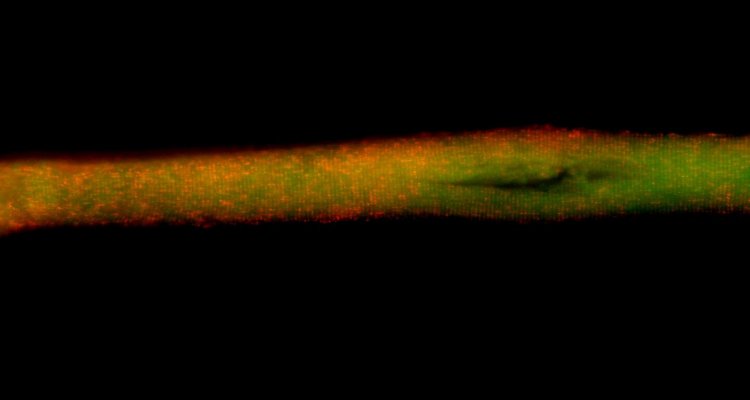
Project
The role of NNT in energy metabolism and muscle metabolic health during ageing and hypoxia
We are aiming to explore the impact of aging and reduced oxygen availability (hypoxia) on muscle health. The project focuses on the specific protein, nicotinamide nucleotide transhydrogenase (NNT), which is a key player in mitochondrial energy production and reactive oxygen species detoxification. We hypothesise that hypoxia negatively affect mouse skeletal muscle function and metabolism during ageing especially in the absence of NNT.
Background
With more than 600 individual muscles, the skeletal muscle represents the largest tissue mass of the body. Skeletal muscle is one of the most vital metabolic organs in the body, playing a crucial role in systemic energy homeostasis and glucose metabolism. It is also the bulk of insulin-sensitive tissue and a major site of insulin resistance. With aging, muscle function and mass decline, muscle structure alters, glucose intolerance increases and muscle energy metabolism descends. One of the most striking observations is that skeletal muscle mass, essential for motion and support, declines by around 1% per year starting in the fourth decade in humans, which can accelerate 2-to 4-fold by the age of 70. The decline of skeletal muscle mass is accompanied by decreased muscle strength and function, known as sarcopenia and about 20% of people are diagnosed with sarcopenia before the age of 85. Interestingly, skeletal muscle is packed with mitochondria. Mitochondria use over 90% of the total amount oxygen consumed by the body to produce cellular energy.
With ageing a general decline in oxygen supply to tissues and lower tissue oxygen pressure occurs. At an advanced stage, the attenuated vascularisation hampers the diffusion of oxygen from capillaries into tissue. This altogether leads to tissue oxygen restriction (hypoxia) during ageing which might have impact on mitochondrial functioning. Animal and human studies typically show that mitochondrial function and metabolism in skeletal muscle is indeed declined with ageing as demonstrated by decreased activity of some mitochondrial enzymes and increased oxidative stress. One important protein to reduce oxidative stress is the mitochondrial protein nicotinamide nucleotide transhydrogenase (NNT). Its function is to generate NADPH to reduce oxidative stress and it is known that in some tissue types dysfunctional NNT increases oxidative stress and thereby could influence mitochondrial metabolism. However, the mechanistic relationship between NNT, aging and hypoxia on skeletal muscle metabolism is unknown.
Description
This project aims to investigate the effect of NNT on energy metabolism and muscle metabolic health in B6JRccHsd mice, particularly during aging and hypoxia. The primary objective is to unravel the molecular mechanism between NNT and these changes, particularly in the context of aging and hypoxia. The project seeks to answer following overarching research question: What is the role of Nnt in energy metabolism and muscle metabolic health of C57BL/6JRccHsd mice, during aging in unchallenged and challenged conditions.
To be able to answer these questions the Nntwt and Nntmut B6JRccHsd mouse model has been developed. In these models, oral glucose tolerance, muscle insulin signalling, and metabolic health will be investigated in different age groups and using hypoxic challenges. Other techniques being used are indirect calorimetry, Echo MRI, rotarod test, and molecular analyses of skeletal muscle (RNA-seq, qPCR, IHC, western blotting). Overall, this research seeks to provide insights into the role of NNT in energy metabolism and muscle metabolic health in mice during ageing and hypoxia challenges, with potential implications for understanding metabolic health and longevity in humans.